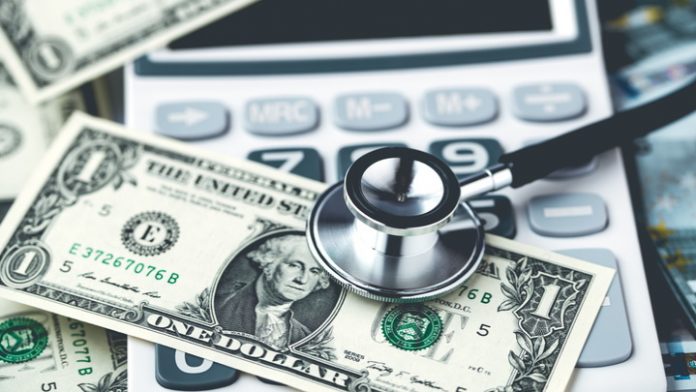The number of American citizens who were uninsured in 2020 was 31 million and 2021 numbers are predicted to be at least 35 million. This is unlikely to be an indicator for increasing outbound medical travel from the USA, as the majority of uninsured Americans come from low-income households.
Approximately 7 million Americans who were laid off during the pandemic lost their employer-sponsored health cover. Those plans covered 6.9 million of their dependents, impacting up to 14.6 million individuals, according to a report by The Commonwealth Fund.
Many US citizens choose to postpone seeking medical treatment, whereas others are forced to go deep into medical debt.
November 2020 data by the US Census Bureau has confirmed that the number of American citizens who were uninsured in 2020 was 31 million. This is predicted to expected to increase significantly in 2021 to at least 35 million. But the Biden plans to bring the Medicare age limit down to 60 may have a huge effect.
Considering the number of uninsured Americans, most of those who are uninsured have one person in the family who is a worker. This also includes families that have low income who are mostly uninsured.
The numbers reflect the fact that public cover in many states is not easily available. This is where adults are mostly uninsured as compared to children. Further studies have revealed that Black Americans and Hispanics are likely to be uninsured.
When it comes to deaths due to lack of healthcare, according to The Institute of Medicine (IOM), an average of 18,314 Americans aged between 25 and 64 years die annually due to the lack of health insurance.
The high cost of insurance is the reason for many people not to buy health insurance. 73% of those who were not insured in 2019 claimed that it was because of the high cost of health insurance.
Non-seniors were more likely to have difficulties paying for health cover as compared to those who had private insurance cover.
The quality of life and access to quality healthcare tend to vary across the US states. The highest rate for uninsured individuals is in Texas, where 20% are uninsured. Other states with low insurance numbers include Oklahoma, Georgia, Florida, Alaska, Mississippi, Nevada, Idaho, North Carolina, Arizona, and South Carolina.
The state with the lowest rate of uninsured adults is Massachusetts where studies indicate that only 3% of adults remain uninsured.
The majority of uninsured Americans come from low-income households. Adults are at a higher risk of being uninsured compared to children and the elderly, as are people of colour when compared to whites.
79 million Americans have medical debt problems.








 ©2024 All rights reserved LaingBuisson
©2024 All rights reserved LaingBuisson 


